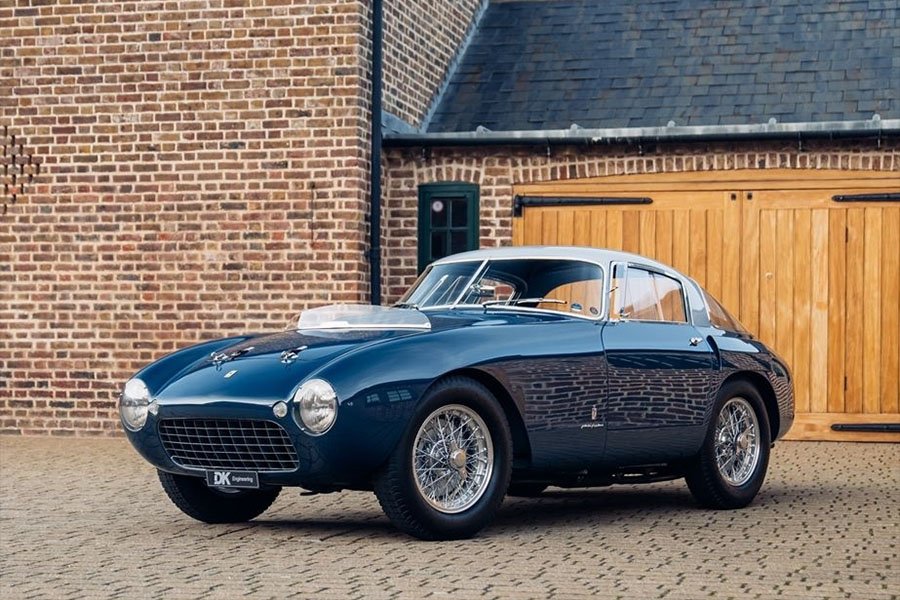One to Buy: ex-Ecurie Francorchamps 1970 Ferrari 512 S / M
/ Ben Tyer
The two-year battle for World Sportscar Championship supremacy in 1970 and 1971, when extraordinary five-litre Group 5 cars from Porsche and Ferrari went head-to-head with one another, quickly came to be regarded as a golden contest.
To qualify for the Group 5 Sports class, 25 cars had to be built with engines of up to five-litres permitted. By contrast, the Group 6 Prototype category had no minimum production requirement but engines were limited to three-litres.

Porsche’s massive financial commitment to meet the 25-car production run was matched a few weeks after the 917 was unveiled by a similar commitment from Ferrari following a major cash injection from Fiat. In addition to cars reserved for works use, Ferrari sold examples of the 512 S to various distributor teams and the odd privateer.
Heading for auction at RM Sotheby’s Paris sale on February 5th is the 512 S supplied to Ecurie Francorchamps, the racing division of Belgian Ferrari importer, Garage Francorchamps, run by Jacques Swaters.

The yellow 512 S finished eighth on its World Sportscar Championship debut at the 1970 Spa 1000km, after which it collected a fifth place finish at the Le Mans 24 Hours (wearing low drag Coda Lunga rear bodywork). It then bagged sixth at the Springbok series main event, the Kyalami 9 Hours.
After attending the flyaway races of early 1971 (sixth at the Buenos Aires 1000km and a DNF at Daytona), chassis 1030 was uprated to the latest M specification.

In the car’s first race with its new M specification, the 1971 Le Mans 24 Hours, the transmission unfortunately failed at three quarters distance. Ecurie Francorchamps then sold chassis 1030 to British privateer, Alain de Cadanet, after it had won the Zandvoort Beneulux Cup.
In its final outing at World Championship level, chassis 1030 posted a fourth place finish at the Watkins Glen 6 Hours, following which de Cadanet entered that weekend’s Can-Am race. It was then sold to JCB Director Anthony Bamford over the winter of 1971-1972 and thereafter raced at club level in the UK.

Offered with Ferrari Classiche Red Book certification.
























































